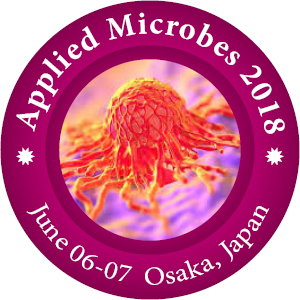
Takehiko Tsuruta
Hachinohe institute of Technology, Japan
Title: Removal, separation and removal of cesium, cobalt and strontium from the mixed solution using microbial cells
Biography
Biography: Takehiko Tsuruta
Abstract
Removal of cobalt, strontium and cesium ion from the aqueous solution containing thesolution containing three kinds of metal ion using microorganism was examined. Arthrobacter nicotianae which had a high ability to remove cationic metal ion was used for the removal of these metal ions. The removals of cobalt, strontium and cesium using A. nicotianae were affected by the solution pH, concentration of metal, and cell amount. The amounts of metal ion removed were increased with increasing the pH (1-5) of the solution. Those (mmol metal ion/g dry wt. cells) were also increased with increasing the concentration of the metal ions, however, the amounts of total metal ion removed (%) were decreased. The amount of each metal removed (mmol metal ion/g dry wt. cells) from each metal ion was fitted with Langmuir isotherm. On the other hand, the amounts of total metal ion removed (%) were increased with increasing the cell amounts, however, the amounts of each metal ion removed (mmol metal ion/g dry wt. cells) were decreased. The removal of strontium using A. nicotianae was very fast and almost reached equilibrium within 5 minutes. The amount of cobalt or strontium removed was higher than that of cesium removed by batch system. Therefore, the removal these metal ions was examined by column system. All of the metal ions were removed by column system, Next the separation of these metal ions adsorbed on immobilized microbial cells was desorbed using diluted nitric acid by stepwise concentration. All of the adsorbed cesium was desorbed and most of them was separate from adsorbed strontium and cobalt. However, most of desorbed strontium and cobalt ions was not separated in this method. Additional separation method of these metal ions will be present in te conference.

